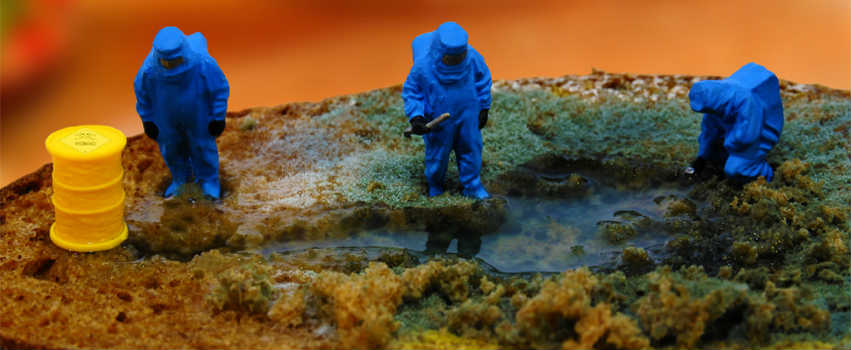

Knowing the Resource Conservation and Recovery Act (RCRA) waste codes is important because scanning the lists of these four codes is one of the first steps in identifying and characterizing a hazardous waste.
In this post, we’ll cover:
- The four types of RCRA listed waste codes
- The differences between each code
RCRA Background
The RCRA outlines the federal requirements for managing hazardous wastes. In the state of California, hazardous waste can be classified as RCRA (subject to federal regulations) or non-RCRA (subject to California regulations).
Under the RCRA, certain wastes have been pre-designed as “hazardous.” If your waste appears on one of these four lists (categorized by a letter — F, K, P, or U — and further classified by a three-digit number), then it is automatically considered to be a hazardous waste — more specifically, an RCRA hazardous waste.
3 Types of RCRA-Listed Wastes
-
Wastes from nonspecific sources (F codes) (22 CCR § 66261.31 and 40 CFR 261.31).
-
Wastes from specific sources (K codes) (22 CCR § 66261.32 and 40 CFR 261.32).
-
Wastes from discarded chemical products (U and P codes) (22 CCR § 66261.33 and 40 CFR 261.33).
These codes are incorporated by reference in the California hazardous waste regulations, starting at 22 CCR § 66261.30. Here’s an EPA document summarizing all of the RCRA waste codes.
Let’s take a look at the three types of RCRA codes.
“K” Listed Wastes
K codes describe wastes generated from specific sources within specific industries, including:
- Wood preservation
- Organic pigments
- Organic chemicals
- Inorganic chemicals
- Pesticides
- Explosives
- Petroleum refining
- Iron and steel
- Primary aluminum
- Secondary lead
- Veterinary pharmaceuticals
- Ink formulations
- Coking
Examples of K codes are given below.
- K048: dissolved air flotation (DAF) float from the petroleum refining industry
- K035: wastewater treatment sludges generated in the production of creosote
- K009: distillation bottoms from the production of acetaldehyde from ethylene
“F” Listed Wastes
F codes, on the other hand, describe the generation of wastes from nonspecific processes. It’s important to note that, unlike the K codes, anyone can generate the waste streams referenced in these F codes.
- F021: Wastes (except wastewater and spent carbon from hydrogen chloride purification) from the production or manufacturing use (as a reactant, chemical intermediate, or component in a formulating process) of pentachlorophenol, or of intermediates used to produce its derivatives
- F035: Wastewaters (except those that have not come into contact with process contaminants), process residuals, preservative drippage, and spent formulations from wood preserving processes generated at plants that use inorganic preservatives containing arsenic or chromium. This listing does not include K001 bottom sediment sludge from the treatment of wastewater from wood preserving processes that use creosote and/or pentachlorophenol
- F001: The following spent halogenated solvents used in degreasing: Tetrachloroethylene, trichloroethylene, methylene chloride, 1,1,1-trichloroethane, carbon tetrachloride, and chlorinated fluorocarbons; all spent solvent mixtures/blends used in degreasing containing, before use, a total of ten percent or more (by volume) of one or more of the above halogenated solvents or those solvents listed in F002, F004, and F005; and still bottoms from the recovery of these spent solvents and spent solvent mixtures
“P/U” Listed Wastes
These materials only become a listed waste when they are discarded or intended for disposal. Wastes given a P code are those that are acutely hazardous, and those with a U code are those that are due to chronic toxicity.
Note that these P/U waste codes also include off-spec materials, as well as material residues generated from the clean-up of a spilled product of one of the following:
- P013: barium cyanide
- P028: benzyl chloride
- P076: nitric oxide